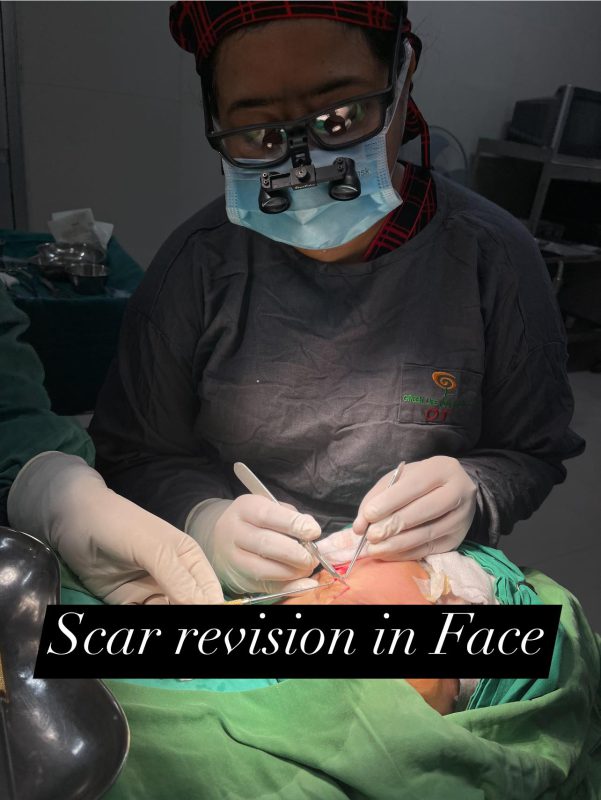
What is a tummy tuck?
A tummy tuck (abdominoplasty) is an aesthetic procedure that removes loose, excess fat and skin and tightens muscles in your lower abdomen.
Why get a tummy tuck?
If aging, heredity, pregnancy, or weight fluctuations have left you with weak muscles or extra fat or skin on your abdomen that does not improve with diet or exercise, a tummy tuck may be right for you.
Below are some of the benefits of a tummy tuck:
- Remove excess fat or skin
- Tighten loose and sagging skin
- Restore a flat tummy
- Look better in clothes
- Improve your self-image and self-confidence
What should I consider before getting a tummy tuck?
Please consult with your aesthetic plastic surgeon for more information on what is unique to you.
- You need to be in overall good health without untreated medical conditions, such as diabetes or heart disease. You also must be in relatively good physical shape to tolerate this procedure.
- You can’t smoke. Smoking slows down the healing process and increases the risk of serious complications during and after surgery. If you smoke, you must quit before surgery.
- Your weight must be stable. Slender individuals with extra fat and loose skin in the lower tummy are the best candidates; if you are generally obese, you will need to slim down before considering a tummy tuck.
- If you have internal or external scars from a previous abdominal surgery, you may not be able to get a tummy tuck.
- You will have a scar located in your bikini area.
- Weight gain following abdominoplasty may negatively affect your surgery results.
- If you plan to have children, you may want to postpone your surgery. Pregnancy will stretch the skin and compromise your surgery results.
- The recovery time is at least two weeks but could be longer depending on your specific surgery.
What are my tummy tuck options?
- There are several different types of tummy tucks. The type of tummy tuck you receive will depend on the amount of excess skin and fat you have and your desired results. Consult with your board-certified aesthetic plastic surgeon to determine the best option for you.
Full Tummy Tuck (Full Abdominoplasty)
In addition to the incision across the lower abdomen, a traditional tummy tuck involves an incision around the navel. Your surgeon removes excess skin, tightens muscles, and may use liposuction to contour the abdomen. With this surgery, your surgeon removes skin from above the navel down to the pubic area that has been compromised by pregnancies, genetic laxity, or obesity.
Mini Tummy Tuck (Mini Abdominoplasty)
Your surgeon makes a single incision in the pubic area, which will be as low as possible and range from a few inches to the entire span of your abdomen. Through this incision, your surgeon will remove excess skin, tighten slack muscles, and possibly use liposuction to further refine the area. The ideal candidate for a mini-tummy tuck has laxity and protrusion below the navel. A mini-tummy tuck is usually recommended for those who have always been in fairly good shape but cannot achieve their aesthetic goals with diet and exercise.
Extended Tummy Tuck (High Lateral Tension Abdominoplasty)
If you have excess skin in the love handles or hips, your surgeon can make a longer incision to address this problem. The high lateral tension tummy tuck is one of the first procedures developed to address skin excess after significant weight loss or pregnancy, and it uses a layer in the deeper tissue to support and maintain the repair. For this procedure, the surgeon does a tummy tuck in the front of the abdomen and then transfers the lift over the hip to the side of the thigh to improve your contours in this area. You can simulate the effect by grabbing the skin on the sides of your waist and pulling up as if you’re putting on a pair of pants.
